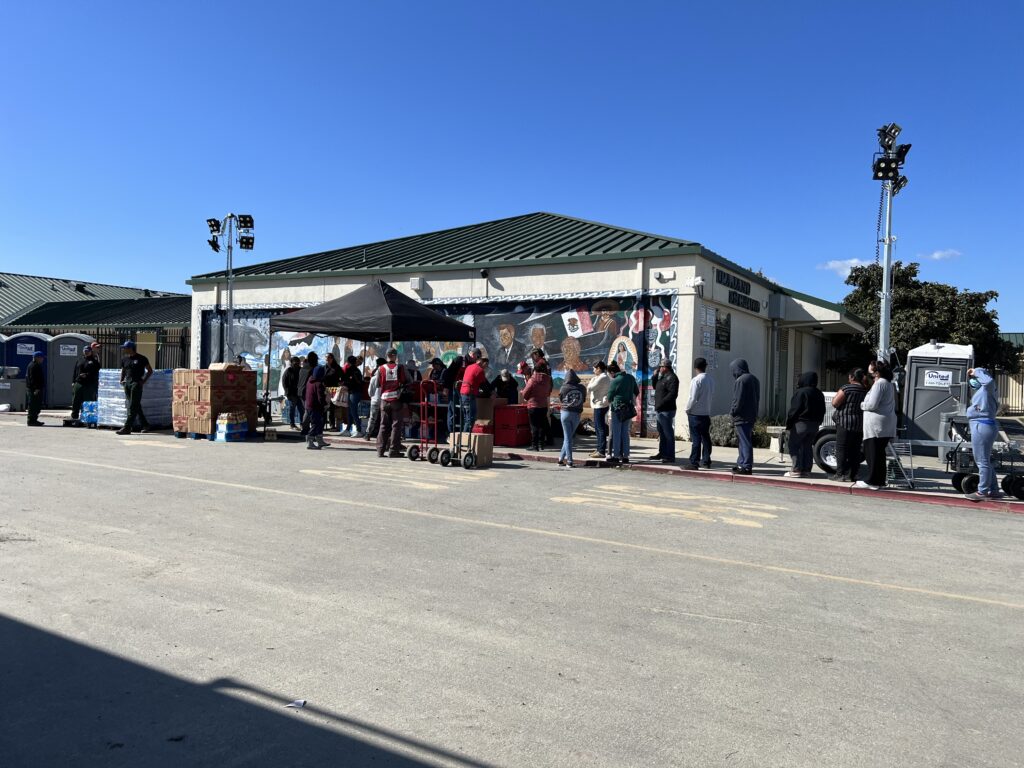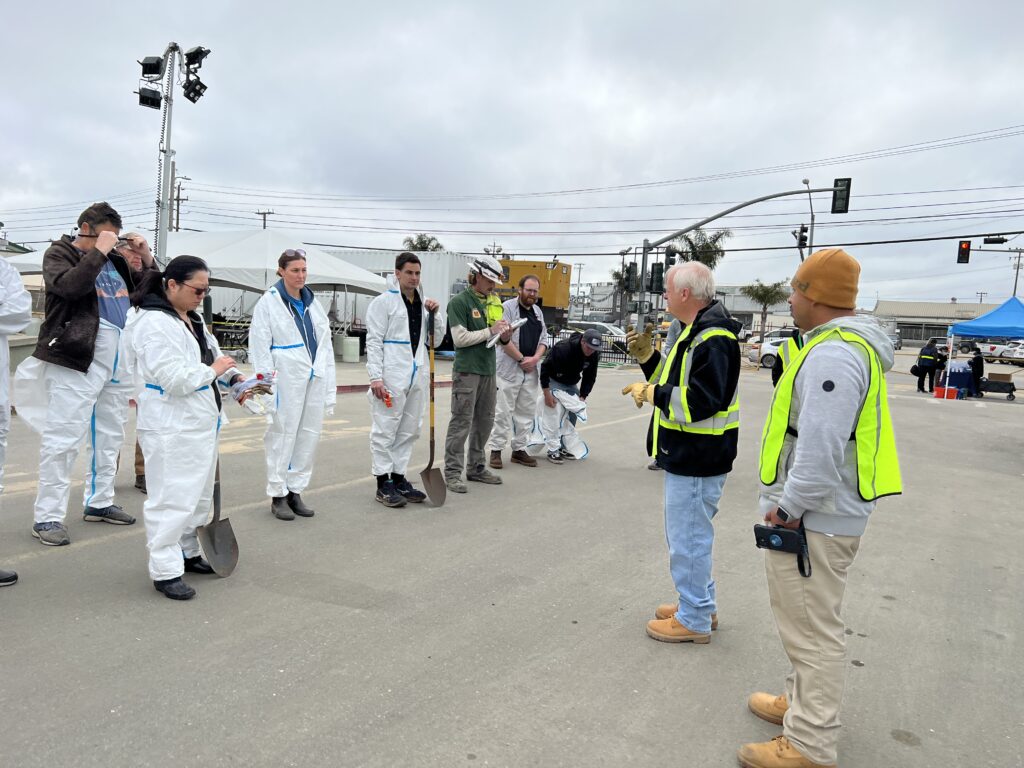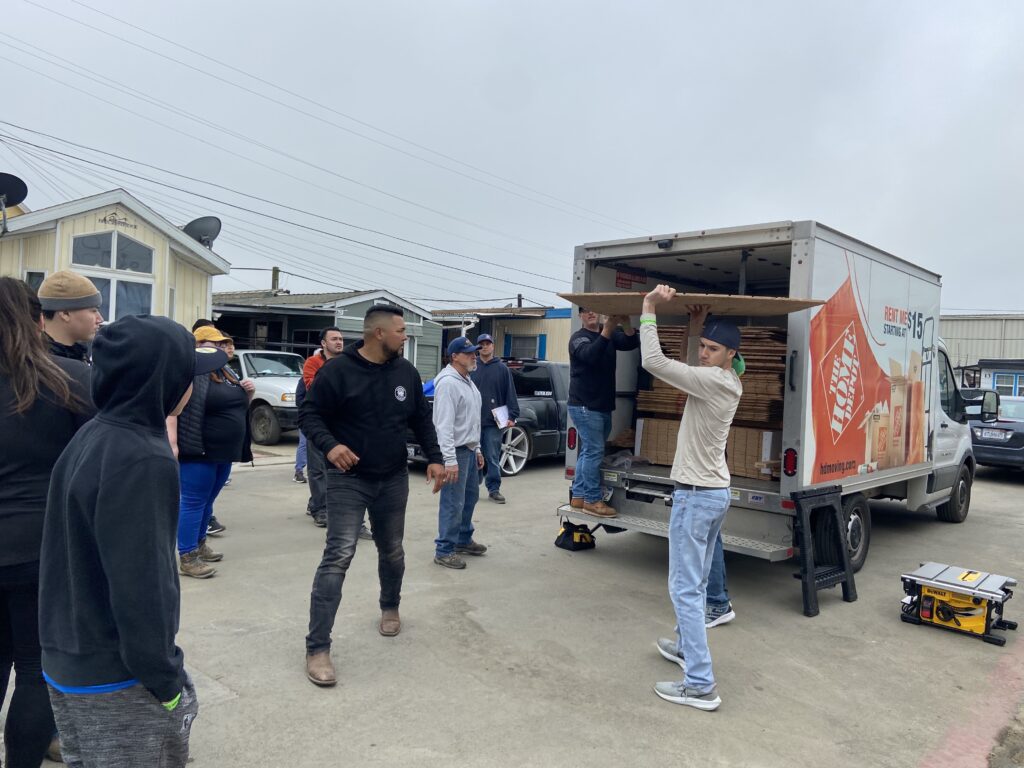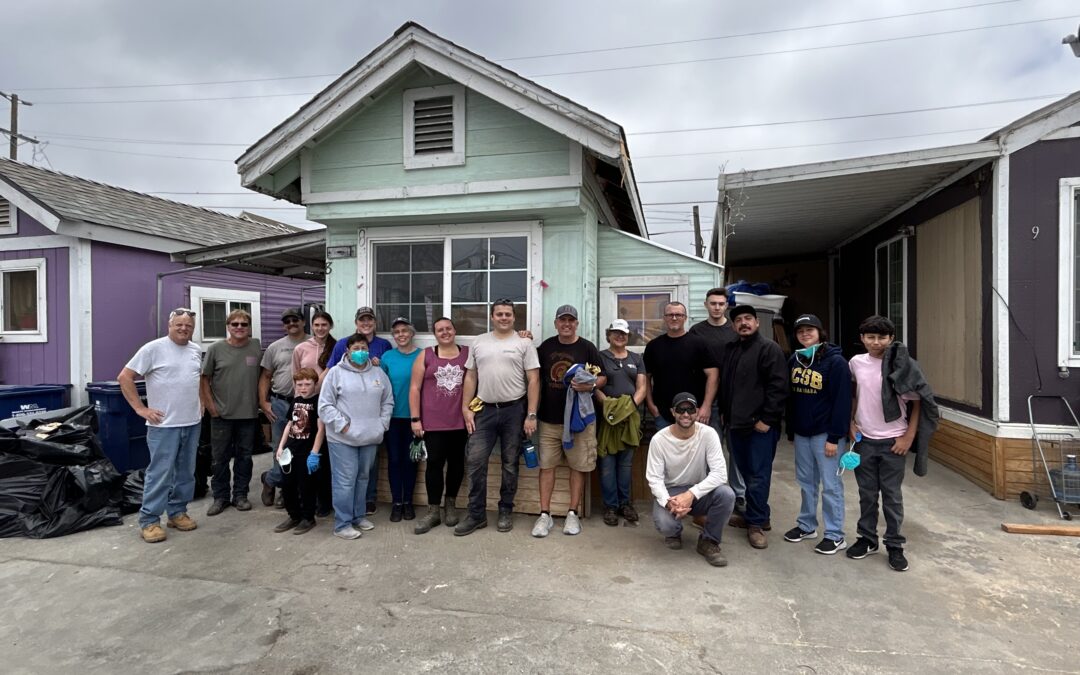When disaster strikes your community, what do you want the response to look like?
That’s a hard question for a lot of people to answer, because you haven’t thought too deeply about what disaster in your community could even look like. Regardless of the event, Response Gaps will rear their ugly head and make an already difficult time for individuals that much harder to overcome. Up to 80% of disaster survivors do NOT receive the aid and support for which they are eligible.

HCRN is changing how communities respond to disaster. The development of the Hope City Disaster Resource Village means individual survivors are served with speed and compassion, all while providing guidance to local officials as they create and implement a response and recovery roadmap.
In March, HCRN responded to a levee break in Pajaro, California which left this rural town under three feet of water and one foot of mud. Imagine trying to face that mess all alone. For seven weeks, HCRN stationed our mobile Command Center at the Pajaro Middle School, along with other response partners providing food, showers, clothes cleaning services and other needs. HCRN helped coordinate volunteers for single day events, where volunteers pulled mud and other debris to the street to be hauled away. We worked with translators to assist families navigate FEMA and insurance paperwork.

Most importantly, HCRN was there through the full response. Residents knew they could come to our Command Center for information, for resources and just figuring out a way forward.

Through our deployment and subsequent repair work, HCRN has served over 600 households in Pajaro. And that’s not possible without our amazing partners, like the American Red Cross and the Monterey County Storm Relief Fund from the Community Foundation for Monterey County. It was also made possible because you believe in our mission to serve individuals, families and communities impacted by disaster.

Recent Comments